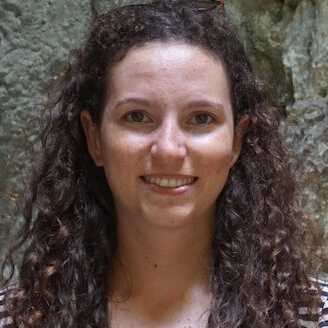New method to understand cell-cell communications
By communicating with one another, cells collectively drive biological functions. The direct neighbourhood of a cell influences its behaviour, gene expression and the cellular crosstalk. The development of diseases is often the consequence of disrupted cell-cell communications. In a study published by Nature Communications, researchers from the Systems Physiology lab of Andreas Moor, developed a method to characterise microenvironments at single-cell resolution.
The novel method is called fragment-sequencing, in short: fragment-seq, and enables the characterisation of single-cell transcriptomes within a tissue consisting of multiple microenvironment. The output data of all the messenger RNA molecules expressed from the cellular genes in the microenvironment provides insights into the biological activities and in particular, the crosstalk between cells.

“We aim to better understand the onset, development and progression of diseases and we found that it is not only important to know the cellular composition of an organ, but also which cells are in close proximity and hence, communicating with one another.”Kristina Handler, lead investigator and first author on the publication, D-BSSE, ETH Zurich
Fragment-seq was applied to a mouse model of metastatic liver to study liver zonation and the influence of the metastatic niche.
Find original article in Nature Communications:
Handler, K, K Bach, C Borrelli, S Piscuoglio, X Ficht, Ilhan E Acar and A E Moor (2023) external page Fragment-sequencing unveils local tissue microenvironments at single-cell resolution. Nature Communicaitons 14: 7775, https://doi.org/10.1038/s41467-023-43005-8.
Learn about research in the Systems Physiology lab led by Andreas Moor.